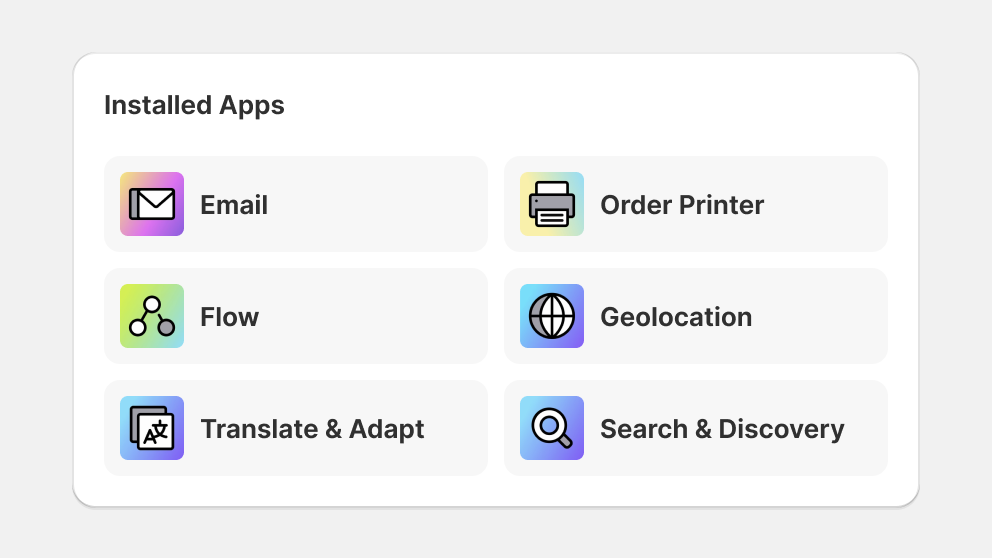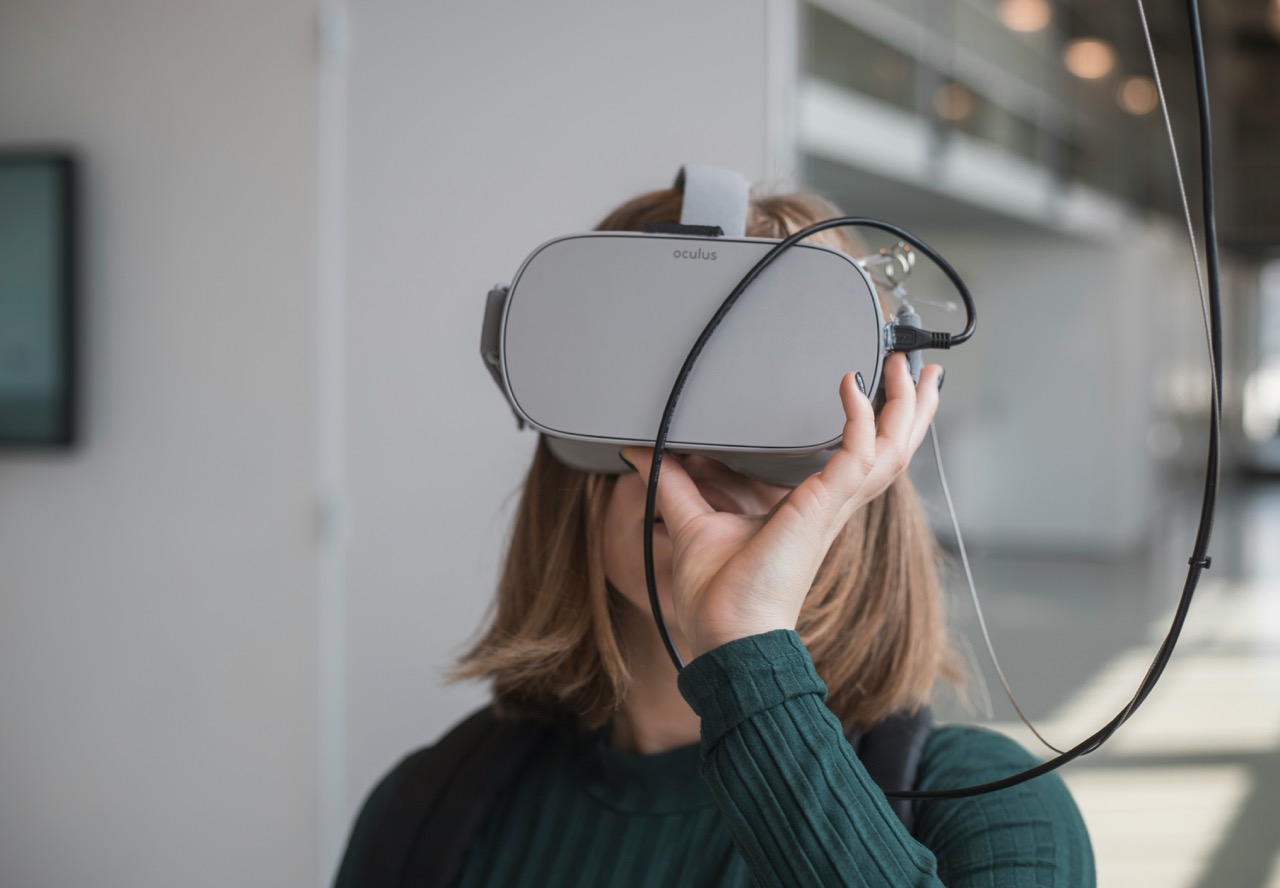
Inclusive Design Systems
How the industry is embracing inclusive design to create products for everyone.
Inclusive Design Systems
How the industry is embracing inclusive design to create products for everyone.

Inclusive Design Systems
How the industry is embracing inclusive design to create products for everyone.
The core principles and benefits of inclusive design systems.
Inclusive design is a design philosophy centered around the idea that products, services, and experiences should be usable by as many people as possible, regardless of their abilities, disabilities, or other individual differences. It goes beyond accessibility, aiming to actively consider the needs and perspectives of diverse users throughout the entire design process. This approach ensures that products are not only accessible to people with disabilities but also more user-friendly and enjoyable for everyone.



The core principles and benefits of inclusive design systems.
The Web Content Accessibility Guidelines (WCAG) are a set of international standards for making web content more accessible to people with disabilities. A robust inclusive design system will adhere to WCAG guidelines to ensure that all components and patterns meet accessibility requirements.
Color contrast is crucial for users with visual impairments. An inclusive design system provides accessible color palettes with sufficient contrast ratios between text and background colors. Tools and guidelines help designers choose color combinations that meet accessibility standards.
Font choices impact readability for users with dyslexia and other reading difficulties. An inclusive design system specifies fonts that are easy to read and provides guidance on optimal font sizes, line heights, and letter spacing.
Using semantic HTML elements (e.g., <article>, <nav>, <aside>) provides structure and meaning to content, making it easier for assistive technologies like screen readers to interpret and navigate. An inclusive design system promotes the consistent use of semantic HTML.
Ensuring that all interactive elements are accessible via keyboard navigation is essential for users who cannot use a mouse. An inclusive design system defines clear focus states and ensures that users can navigate through content and interact with elements using the keyboard alone.


The core principles and benefits of inclusive design systems.
Microsoft has created a comprehensive Inclusive Design Toolkit that provides resources and guidance for designing products and services that are accessible and usable by everyone.
Google's Material Design system includes a strong focus on accessibility, with guidelines on color contrast, typography, and keyboard navigation.
Shopify's Polaris design system incorporates accessibility considerations into every component, ensuring that merchants can create accessible online stores.



The core principles and benefits of inclusive design systems.
Artificial intelligence (AI) is playing an increasingly important role in accessibility. AI-powered tools can automatically generate alt text for images, provide real-time captions for videos, and assist users with disabilities in navigating digital content.
Voice interfaces are becoming more prevalent, offering an alternative way for users to interact with technology. Inclusive design considers how voice interfaces can be made accessible to people with speech impairments and other disabilities.
As new technologies emerge, inclusive design principles must be applied to ensure that these technologies are accessible to everyone. Virtual reality (VR) and augmented reality (AR) offer exciting possibilities for inclusive design, but careful consideration must be given to issues such as motion sickness, sensory overload, and input methods.

